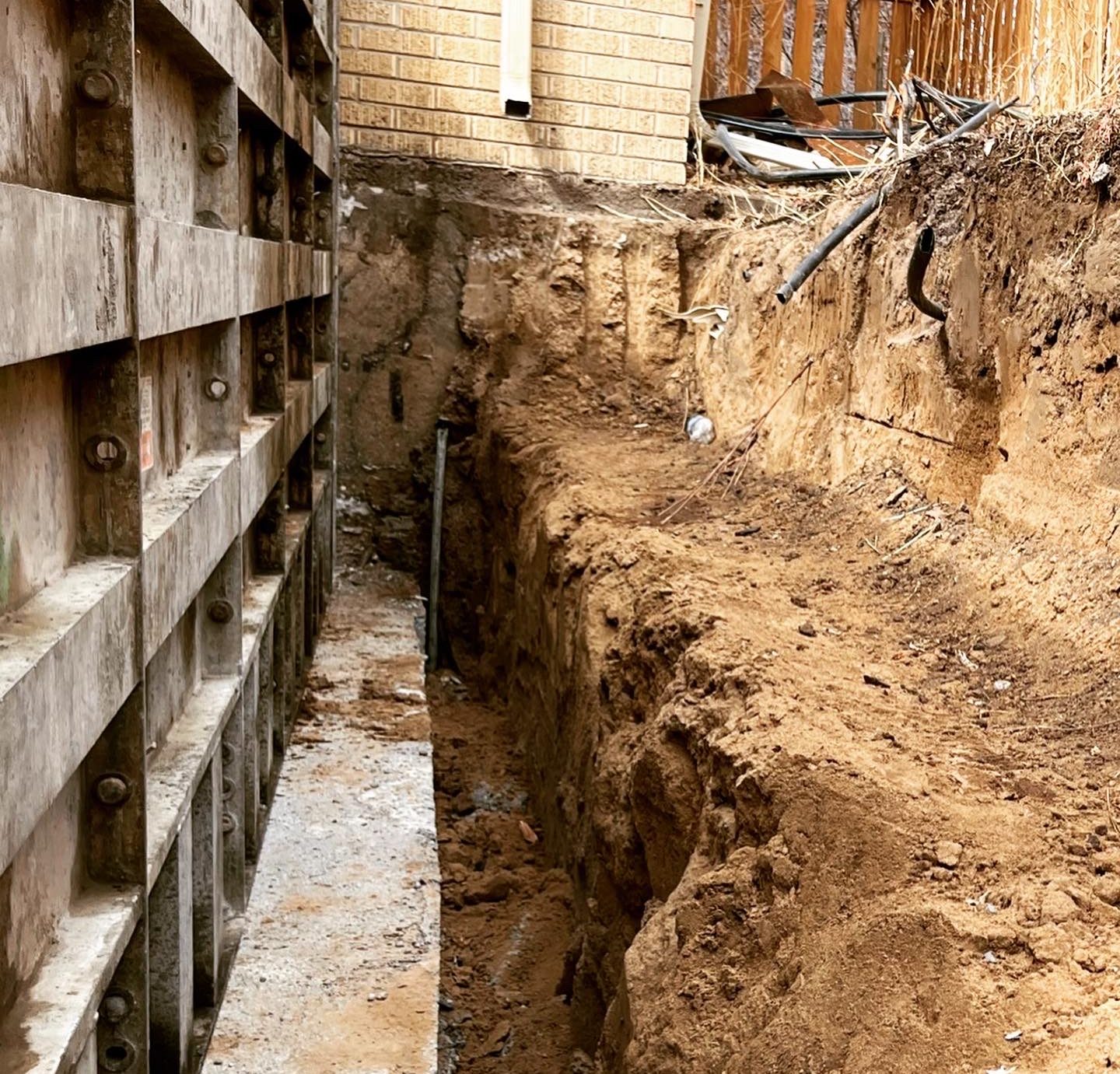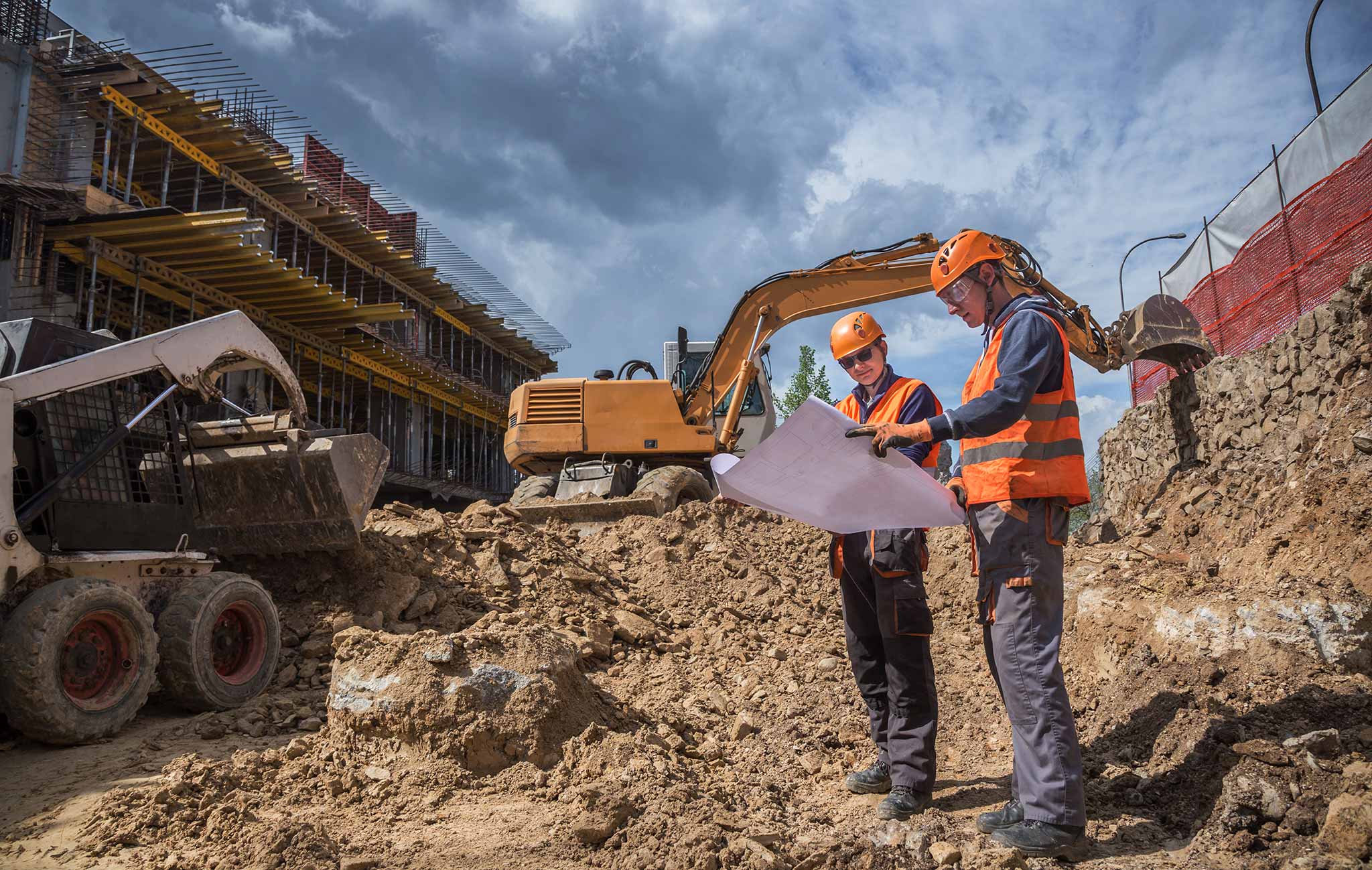Why the Geotechnical Industry Demands Cutting-edge Solutions Currently
Wiki Article
A Detailed Introduction of the Secret Obligations of Geotechnical Designers in Site Characterization and Ground Renovation Strategies for Design Solutions
Geotechnical designers are integral to the effective execution of design tasks, entrusted with the vital responsibilities of site characterization and the application of ground improvement strategies. Their job entails a comprehensive analysis of subsurface problems, utilizing various testing approaches to determine soil and rock properties. This foundational knowledge not just educates style choices however also minimizes potential dangers associated with ground instability. As we discover the complex roles of these specialists, it ends up being apparent exactly how their proficiency shapes the safety and security and performance of engineering remedies. What particular techniques and analyses attract attention in this essential discipline?Function of Geotechnical Designers
Geotechnical designers play an essential duty in the style and building of framework by examining the habits of soil and rock below the surface - geotechnical eng. Their obligations encompass evaluating subsurface problems to inform style decisions that ensure structural stability and security. By carrying out comprehensive evaluations of dirt homes, including shear toughness, compressibility, and leaks in the structure, geotechnical designers provide vital information that influences the choice of ideal building and construction materials and methodsIn enhancement to analyzing soil technicians, geotechnical engineers are entrusted with recognizing potential threats such as landslides, sinkholes, and ground settlements. Their knowledge assists mitigate dangers connected with these geotechnical sensations, thereby safeguarding both the atmosphere and public safety and security. They likewise collaborate closely with other design self-controls, making certain that geotechnical factors to consider are incorporated right into overall job layout.
Furthermore, geotechnical designers engage in the examination of existing structures, giving referrals for retrofitting and repairs when needed. Their detailed understanding of soil-structure communication is vital for the development of sustainable infrastructure options. Generally, the duty of geotechnical engineers is essential to the successful awareness of building projects, ensuring they are risk-free, sturdy, and certified with governing requirements.

Website Characterization Processes
Effective site characterization procedures are important for comprehending the subsurface conditions that influence project design and execution. Geotechnical designers use a systematic strategy to gather, examine, and analyze data regarding groundwater, rock, and soil attributes. This process starts with a thorough review of existing literature and archaeological site data, giving understandings into previous website conditions and potential difficulties.
Data evaluation adheres to fieldwork, where engineers make use of geostatistical approaches to translate findings and create geological designs. Via persistent website characterization, geotechnical engineers lay the foundation for effective job execution, minimizing unforeseen issues and maximizing resource appropriation.
Dirt and Rock Screening Approaches
While understanding subsurface conditions is crucial, the option of ideal soil and rock screening techniques is similarly necessary for exact evaluation and style. Geotechnical engineers utilize a selection of testing techniques to assess the mechanical and physical buildings of soil and rock products.Research laboratory examinations, such as Atterberg restrictions, grain dimension evaluation, and unconfined compressive toughness tests, offer crucial information on soil actions under different wetness conditions and filling circumstances. These examinations aid figure out dirt category and predict negotiation or shear strength characteristics essential for structure design.
In-situ screening approaches, consisting of Requirement Penetration Examinations (SPT), Cone Infiltration Tests (CPT), and stress meter tests, permit designers to collect data straight from the ground. These approaches offer important insights right into the dirt's density, uniformity, and stratification without the need for comprehensive sampling.
Rock screening normally entails core sampling and research laboratory evaluation to analyze properties like uniaxial compressive toughness and rock quality classification (RQD) Together, these dirt and rock testing approaches make it possible for geotechnical designers to make informed decisions concerning site-specific challenges, making certain the safety and security and stability of design remedies.
Ground Renovation Methods
Ground renovation strategies are essential for boosting the engineering properties of dirt, thereby raising its load-bearing ability and reducing negotiation. These techniques are important in attending to difficulties offered by weak or problematic soils, which can substantially impact the security and longevity of frameworks.Various ground renovation strategies are utilized, including compaction, grouting, and dirt stabilization. Compaction entails increasing the density of dirt with mechanical means, which improves her comment is here its shear toughness and reduces compressibility. Grouting, on the various other hand, entails injecting a fluid material right into the ground to load voids and boost soil communication. More hints This strategy is particularly reliable for treating loosened sands or fractured rock.
Soil stabilization incorporates a series of methods, from chemical additives to mechanical treatments, aimed at enhancing the soil's resistance to disintegration and deformation. Methods such as lime stabilization or cement mixing alter the homes of the soil at a fragment level, enhancing its total performance.
Relevance of Geotechnical Evaluations
Geotechnical assessments play a crucial role in the preparation and style of engineering jobs, as they supply crucial details regarding the subsurface conditions. Comprehending soil properties, rock formations, groundwater levels, and potential geohazards is crucial for ensuring the security and safety and security of structures. These evaluations allow designers to make educated choices concerning website choice, style parameters, and building and construction approaches.
The significance of geotechnical analyses prolongs beyond first job phases; they contribute in risk monitoring and expense efficiency. By recognizing prospective issues early, such as soil settlement, incline instability, or extreme groundwater, designers can devise proper mitigation methods, minimizing the probability of structural failings and expensive hold-ups. In addition, these analyses support conformity with governing requirements and boost the sustainability of engineering techniques.

Conclusion
In conclusion, geotechnical engineers are vital to guaranteeing the safety and security and stability of design tasks via thorough website characterization and ground improvement techniques. civil consulting engineers. Their methodical approach to analyzing subsurface problems, integrated with their referrals for efficient ground alteration, considerably enhances soil buildings and load-bearing capacity. The know-how of geotechnical designers not just assists in educated task preparation yet likewise makes sure compliance with laws and cultivates effective interaction among stakeholders, inevitably adding to effective engineering end resultsGeotechnical engineers play a crucial function in the style and construction of infrastructure by assessing the actions of dirt and rock under the surface area. By carrying out thorough evaluations of dirt properties, consisting of shear leaks in the structure, stamina, and compressibility, geotechnical designers supply vital data that influences the choice of appropriate building and construction products pop over to this site and techniques.
In enhancement to assessing soil mechanics, geotechnical engineers are charged with identifying prospective hazards such as landslides, sinkholes, and ground settlements. Geotechnical engineers employ a methodical strategy to gather, examine, and analyze information pertaining to rock, groundwater, and soil qualities. By recognizing prospective issues early, such as dirt negotiation, incline instability, or too much groundwater, designers can develop ideal mitigation strategies, lowering the possibility of architectural failings and expensive hold-ups.
Report this wiki page